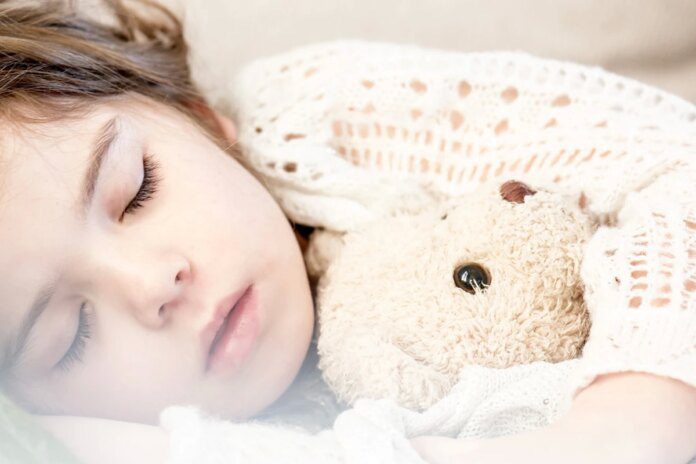
Apnea in children is a breathing disorder during sleep, which is manifested by symptoms such as snoring up to sleep apnea syndrome.
During apnea, the child’s breathing is partially or completely blocked repeatedly during sleep. The disorder occurs due to the narrowing or blocking of the upper airways during sleep.
There are some major differences between obstructive sleep apnea in children and sleep apnea in adults. While adults who suffer from apnea are sleepy during the day, children risk having behavior, speech or attention problems.
The main cause of apnea in adults is often obesity, while in children, the disorder occurs due to the enlargement of adenoids (polyps) and tonsils.
Early diagnosis and treatment are important to prevent complications that can affect children’s growth, cognitive development and behavior.
How apnea manifests itself in children
A child has apnea if he faces during sleep with:
-
Snore;
-
Pauses in breathing;
-
Restless sleep;
-
Coughing or choking;
-
Mouth breathing;
-
Nightmares.
Infants and young children with obstructive sleep apnea do not always snore. He might only face restless sleep.
During the day, children with
in sleep they could have attention difficulties, face learning or behavior problems or be hyperactive.
Causes of sleep apnea in children
Obesity is a common factor underlying obstructive sleep apnea in adults. But in children, obstructive sleep apnea occurs due to enlarged tonsils and polyps. However, obesity also plays an important role among children. Other factors that contribute to the occurrence of apnea can be neuromuscular disorders, Down syndrome, abnormalities of the skull or face.
How to diagnose apnea in children
To make this diagnosis, the doctor will examine the child’s symptoms and perform a physical examination. He can recommend and perform several tests, including:
What treatment is indicated
In the first phase, the doctor recommends a drug treatment. Nasal corticosteroids can relieve sleep apnea symptoms in some children with mild obstructive sleep apnea. If the situation does not improve, removal of tonsils and adenoids or polyps is indicated. Another treatment option is the use of a device that maintains continuous positive pressure in the airways. To establish the diagnosis, the child must be examined by the specialist doctor.
Read also:
e






































